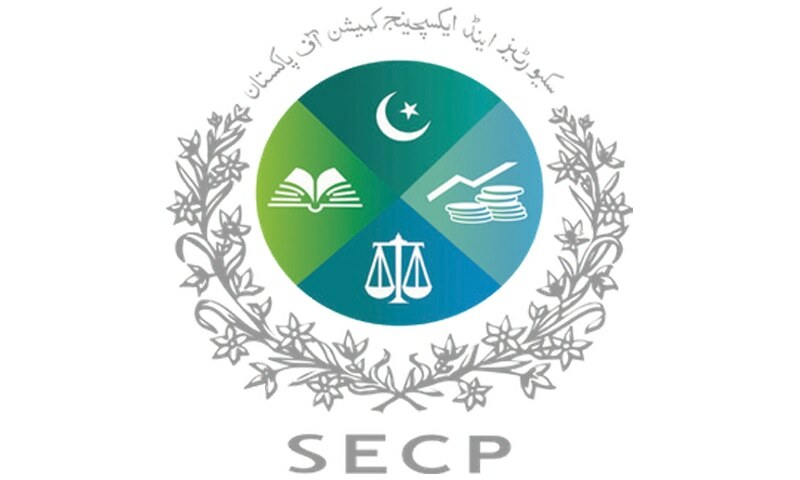Strategies for Efficient Multiple Form Filing
In today’s fast-paced business environment, the ability to efficiently manage and file multiple forms is a crucial skill. Companies often face the daunting task of handling a variety of forms, including tax documents, employee paperwork, customer information forms, and regulatory compliance documents. The challenge lies not only in filling these forms accurately but also in organizing, storing, and retrieving them efficiently. Here, we will explore strategies to streamline the multiple form filing process, ensuring accuracy, compliance, and time efficiency.
Understanding the Complexity of Multiple Form Filing
Filing multiple forms involves more than just filling out paperwork. It requires a systematic approach to handle various types of documents that may have different formats, submission deadlines, and compliance requirements. The complexity is amplified in industries that are heavily regulated or have extensive internal processes.
Establish a Centralized Document Management System
The first step in efficient form filing is to establish a centralized document management system. This system should be capable of storing all forms in a single, easily accessible location. Digital solutions, such as cloud-based storage systems, offer the advantage of accessibility from multiple locations and devices, making it easier for teams to collaborate and access documents when needed.
Standardize Form Processes
Standardization is key to efficiency. Develop standardized templates and processes for the most commonly used forms within your organization. This reduces the time spent in creating new forms from scratch and ensures consistency across all documents.
Utilize Automation Tools
Leveraging automation tools can significantly streamline the form filing process. Software solutions that automate data entry, error checking, and form submissions can save hours of manual work. Tools like OCR (Optical Character Recognition) can be particularly useful in converting paper-based forms into digital formats.
Implement a Robust Filing and Naming Convention
Efficient retrieval starts with a systematic filing and naming convention. Establish clear guidelines for naming documents and organizing them within your filing system. This could involve categorization based on form type, department, or date, which can significantly reduce the time spent searching for documents.
Regular Training and Updates
Regularly train staff on new form filing procedures and updates in software or regulatory requirements. Keeping the team informed and skilled in the latest form filing strategies is crucial for maintaining efficiency and accuracy.
Schedule Regular Audits
Conduct regular audits of your form filing process to identify areas of improvement. Audits help in detecting inefficiencies, ensuring compliance with legal standards, and keeping the process aligned with organizational needs.
Develop a Compliance Calendar
For forms that are regulatory in nature, such as tax documents or compliance reports, develop a compliance calendar. This calendar should highlight all important deadlines and provide ample time for preparation and review before submission.
Encourage Cross-Departmental Collaboration
Efficient form filing often requires input from multiple departments. Encourage a collaborative environment where departments can easily share information and documents. This not only speeds up the process but also ensures the accuracy of the information being filed.
Invest in Quality Control
Implement quality control measures to ensure the accuracy of the forms filed. This could include double-checking data, having a second set of eyes review important documents, or using software to flag potential errors.
Prioritize Security and Privacy
In an era where data breaches are common, prioritizing the security and privacy of the forms is essential. Ensure that your document management system has robust security features to protect sensitive information.
Conclusion
Efficient multiple form filing is not just about reducing paperwork. It’s about creating a streamlined, accurate, and compliant process that saves time and resources. By implementing a centralized management system, standardizing processes, utilizing automation, and ensuring regular training and audits, organizations can master the art of multiple form filing. This not only enhances operational efficiency but also contributes to the overall productivity and effectiveness of the organization. In a world where data is king, mastering the art of form filing is a critical component of business success.



